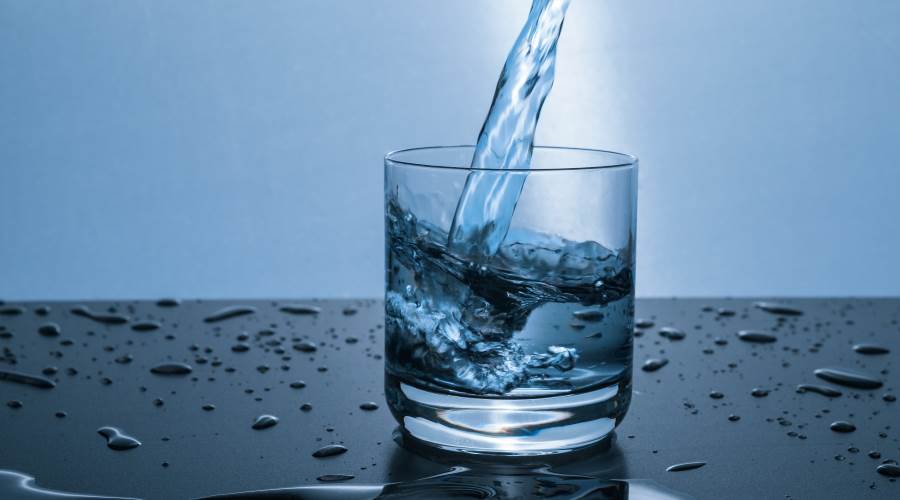Drink Plenty
Here's to raising our glasses for the health of our bladders!
It seems completely logical and straightforward, yet for many, it's a daily challenge. Do you also find yourself realising around noon that all you've had is coffee and nothing else to drink?
Remember: To flush bacteria out of the bladder and urinary tract, you need to flush it well. And you do that by drinking plenty.
However, drinking a lot doesn’t mean you should turn into a water buffalo. Drinking more than 3 litres from beverages in a day is definitely too much - "More isn't always better". In fact, you may reverse the effect, adding extra strain to your body (instead of relieving it) alongside the bladder infection.
Although alcohol, coffee, fruit juices, and soft drinks do count towards fluid intake, your bladder will thank you if you try to limit them. Their acidity can irritate the urinary tract, potentially worsening the symptoms of a urinary tract infection. Alcohol also promotes inflammation, dilates blood vessels, and particularly irritates the mucous membrane. If you don’t want to skip it, be sure to follow up with still water.
Do you suffer from heart weakness or reduced kidney function? Too much fluid can be harmful, so I cannot recommend increasing your daily fluid intake. Especially with heart conditions, you must stick to the fluid intake advised by your doctor, as too much can lead to fluid overload in the body.
Treating your bladder infection with antibiotics? In that case, you should not exceed 1.5 litres of drinks per day, so that the antibacterial substances in the urine are not overly diluted and flushed out too quickly.

What should I drink?
The classic and my personal favourite is good and cheap: tap water.
My tip: D-Mannose powder is tasteless and dissolves easily in water. My absolute favourite combination when I want to fight a UTI (caused by E. coli bacteria) effectively.
The best options are diuretic herbal teas such as nettle, birch leaves, goldenrod, horsetail (field horsetail), restharrow root, cat's whiskers (orthosiphon), couch grass root, and lady’s mantle - e.g. horsetail herb*. There are many ready-made bladder and kidney tea blends available, such as Urinary Tea*. However, many bladder teas fail due to contamination with pyrrolizidine alkaloids (PA) and pesticides, according to tests. . Therefore, I prefer teas with organic quality containing only one type of herb each. I also like adding fresh ginger to my tea - it has anti-inflammatory properties and is warming.
How much should I drink?
The public health portal of Austria and the German Nutrition Society (DGE) agree: adults should drink a minimum of 1.5 litres of water from beverages per day. You can read more about how this is calculated at the DGE here.
Since fluid needs increase with physical activity, heat, illness, etc., and from my own experience, I know that I often overestimate my fluid intake, I recommend aiming for 2 litres of fluid from drinks per day.
Are you in the middle of an acute infection? In the case of an acute urinary tract infection, you can increase this amount as you feel necessary. Go by how your bladder feels. Optimise your drinking management: it’s better to drink regularly rather than too much at once.
But caution: Drinking excessively (more than 3 litres/day) can do more harm than good. Constantly emptying your bladder can be painful during a bladder infection, and your body can be overwhelmed by excess water (your body’s salt levels drop). I used to overdo it, often drinking so much in a short time that my body even reacted with diarrhoea.










